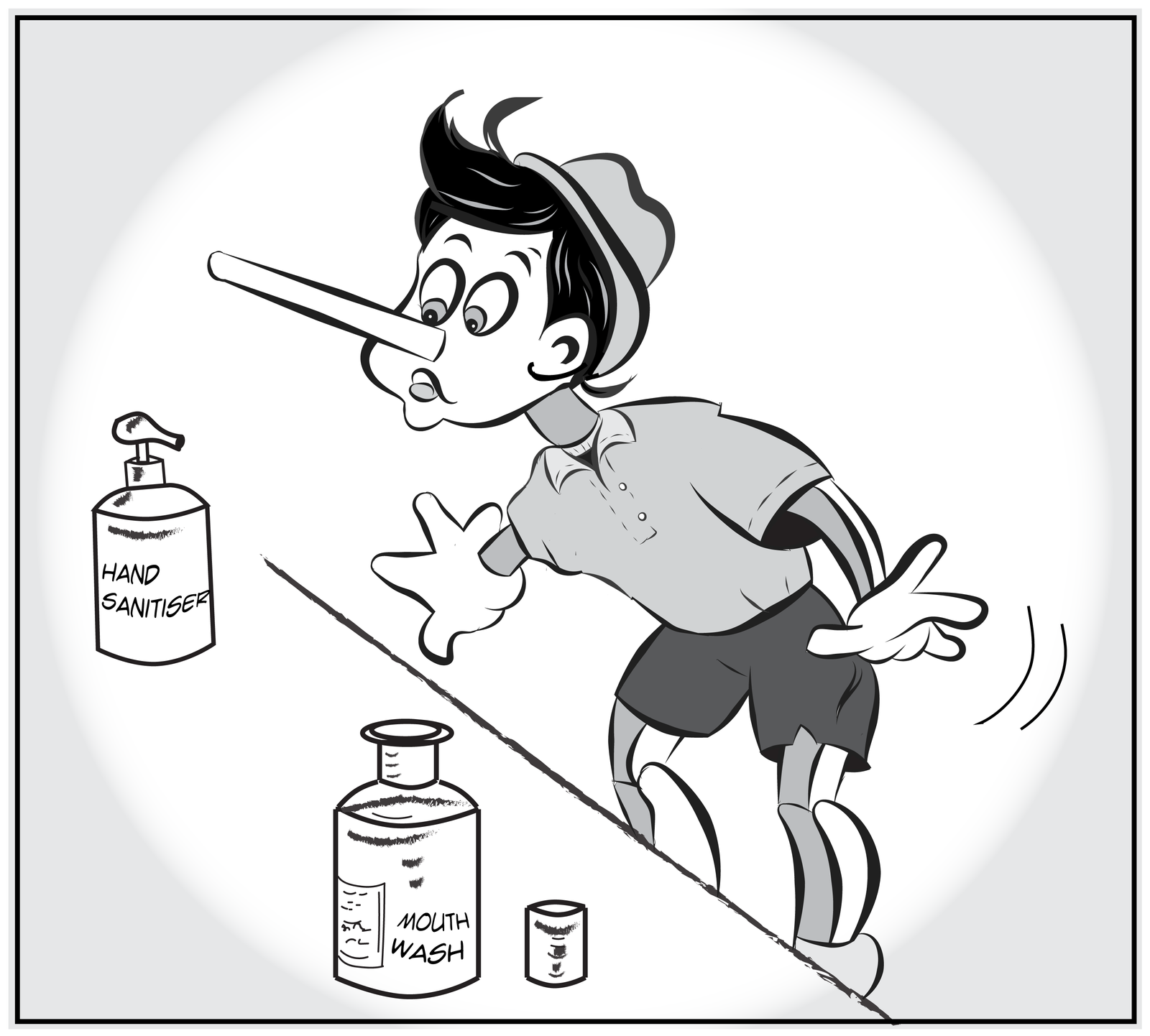How Does Fake News Work?
What is Fake News?
I don’t recall hearing the term “Fake News” before a year or so ago, but now it is everywhere. Donald Trump makes many claims that journalists are inventing fake news against him, whilst his detractors accuse him of propagating fake news himself. So what is fake news and how does it work?
According to Wikipedia, Fake News is a deliberate spread of misinformation, with the intent to mislead in order to gain financially or politically.
Fake News vs Satire
If a well known comedy programme featured a parody of a news presenter saying that Donald Trump’s hair was actually a miniaturised Siberian Yeti implanted by the Russians as a spy, I would suggest that was satire. Both the source and the content suggest that it is not something which should be believed.
On the other hand, when a Fox news anchor claimed he had multiple FBI sources saying they were 99% sure that Hillary Clinton’s email server had been hacked by foreign intelligence agencies (the claim was retracted a few days later), that was surely Fake News. The content built on arguably real news (the way Hillary Clinton’s email server was set up), and was put out by a man whose job is to read the news on a serious news network. It was clearly intended to make people believe the claim and to put Hillary Clinton in a bad light.
Why and How?
The question of why people would spread Fake News is clear – because it works. It works to smear political opponents. People all too often simply believe what they see and read. A recent study at Stanford University into how well people evaluate stories on social media came up with this conclusion; “Overall, young people’s ability to reason about the information on the Internet can be summed up in one word: bleak.”
The question of how it works is only slightly less obvious. The short answer is, “Mud sticks”. If you throw mud at someone, some of it at least will stick to them. If you accuse someone of something, at least a few people will believe it no matter how absurd, and even those who don’t believe it completely may be swayed at least a little.
Psychologically, there are several reasons that mud sticks:
“No smoke without fire”. We have grown up with that phrase, and in our naivety may think there must be some small basis to a story if it is on the news.
It takes more effort to disbelieve than to believe; our default is to believe a statement. The problem is worse if you have been exerting yourself, mentally or physically, because you are less likely to put in the effort to evaluate a statement, and therefore more likely just to accept it.
Illusion of Truth effect: familiarity is not easily distinguished from the truth. If something is repeated it becomes more familiar and therefore more likely to be taken as true.
When Trump puts out a claim with no evidence whatsoever, such as “Obama bugged me”, news people all over the world clamour to talk about it and ask him about it, so it gets repeated and repeated (and, Heaven help me, I’ve just done the same). Even if, many of those times it is repeated, the journalists point out that there is no evidence for the claim, the repetition of that claim makes it more and more believed.
In these days of news stories flying around the world again and again, it is becoming increasingly important that we all learn to investigate claims for ourselves. We must make it a habit to look for the source of a story and identify that source’s motivation. We must stop assuming that someone has checked the facts before releasing a story and start checking those facts ourselves. And we must teach our children to do likewise. Now.
For more on cognitive biases check out my website or my book, Bias Beware.
